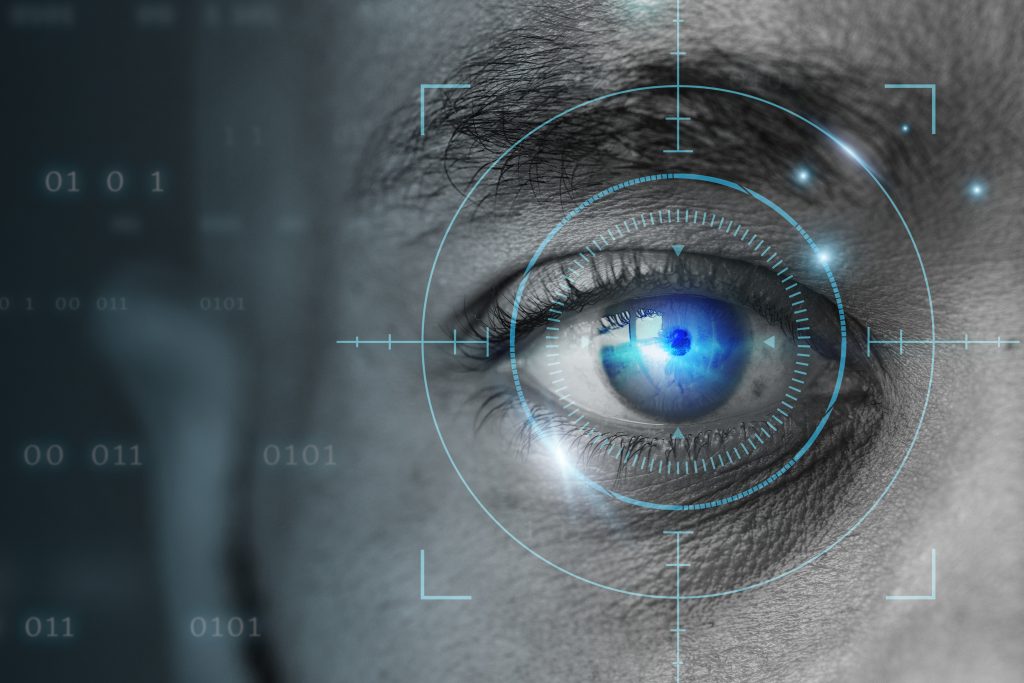J.P. Morgan will pilot biometrics-based payments with select retailers in the U.S., including palm and face identification for payment authentication in-store.
In addition to working with a few brick-and-mortar stores, J.P. Morgan may also be working with Formula 1 Crypto.com Miami Grand Prix during the pilot stage to provide guests a faster checkout experience. After a short customer enrollment process in-store, and once product items are scanned at checkout, a consumer scans their palm or face to complete checkout and then receives a receipt.
J.P. Morgan’s biometrics-based payment efforts fit into the broader industry trend towards frictionless, contactless payments that offer speed and convenience to consumers.
Other major players in the payments industry, such as Amazon, have been investing heavily in similar technologies to enable seamless checkout experiences. Amazon Go, for example, is a concept store that allows customers to enter and exit the store without the need to queue up and pay at a cash register. Instead, shoppers use the Amazon One app to do a palm scan, then shop as usual, and walk out of the store . The app detects the items taken by the customer, charges the appropriate amount to their Amazon account, and sends them a receipt.
Amazon is looking to sell its biometric payment solutions as a product. The e-commerce giant is working with Panera Bread to offer consumers a way to both pay for items, as well as access the chain’s loyalty program, via Amazon One.
J.P. Morgan will likely work towards a similar strategy, licensing its biometric tech to stores for a fee.
“Biometric payments will likely get off to a slow start in the U.S. even as J.P. Morgan and Amazon expand the industry’s reach,” said Daniel Keyes, Senior Analyst of Merchant Services at Javelin Strategy & Research. “That’s because consumers will have concerns about the privacy of biometric payments and a disinterest in dealing with the initial friction of setting up an account.”
“On top of that, consumers are slow to change their payment habits, even if the new payment method is faster, as was previously seen in the U.S. when consumers were slow to adopt contactless payments prior to the pandemic,” he said. “But as biometric payments gain widespread acceptance and become familiar to consumers, they should carve out a place at checkout, just as contactless payments have.”
